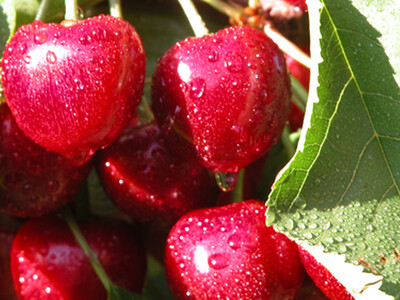The Wine Bottle
Welcome to Vine to Wine this is your host Linda Moran. You know - It wasn’t until the seventeenth century that glass became the material of choice to hold wine. Up until then it had been stored in stoneware or pottery. Today we’ll explore the wine bottle.
As the technology of glass making and shaping advanced - so did the shape of wine bottles. Early wine bottles were more rounded, they were fragile and they didn’t always stand up very well. One reason for the raffia basket used by the Italians. When it was realized that wine benefited from laying down, the bottles became longer and more streamlined. Although wine keeps best in a dark bottle, a clear glass will show the wine off. It’s really the producer’s choice. A heavier glass tends to signify higher quality. As we look at today’s wine bottles there are some standards. Although the shape may vary - the typical bottle’s capacity is 750 ml. The part of the top of the bottle - where it begins to widen and slope - is called the shoulder, and it varies with the style of the bottle. Sometimes, but not always, there is a smaller narrow label on the shoulder at the front of the bottle it may have a winery crest and the vintage on it. Below it is the front label and the style varies from one producer to another. The back label is optional but very useful to provide legal information or a description of the wine. Some wine bottles may have an indentation in the bottom – it is called a punt, it helped to nestle one bottle into the other during early shipping times. Today it very often indicates a wine that can be laid down to age. So that’s a little something about your wine. Remember to send your wine questions to Linda at vine to wine dot net and thanks for joining me on today’s
Vine to Wine.














